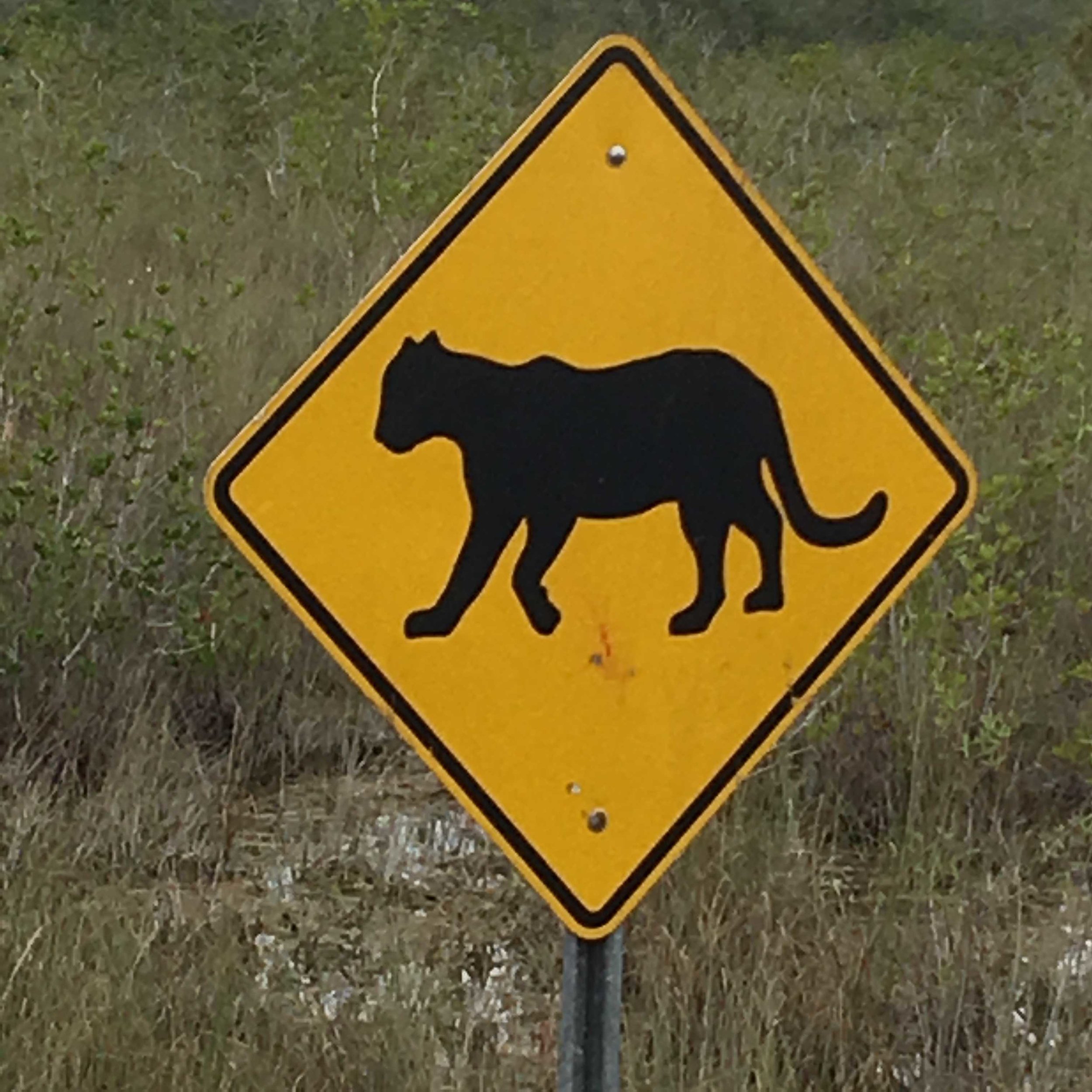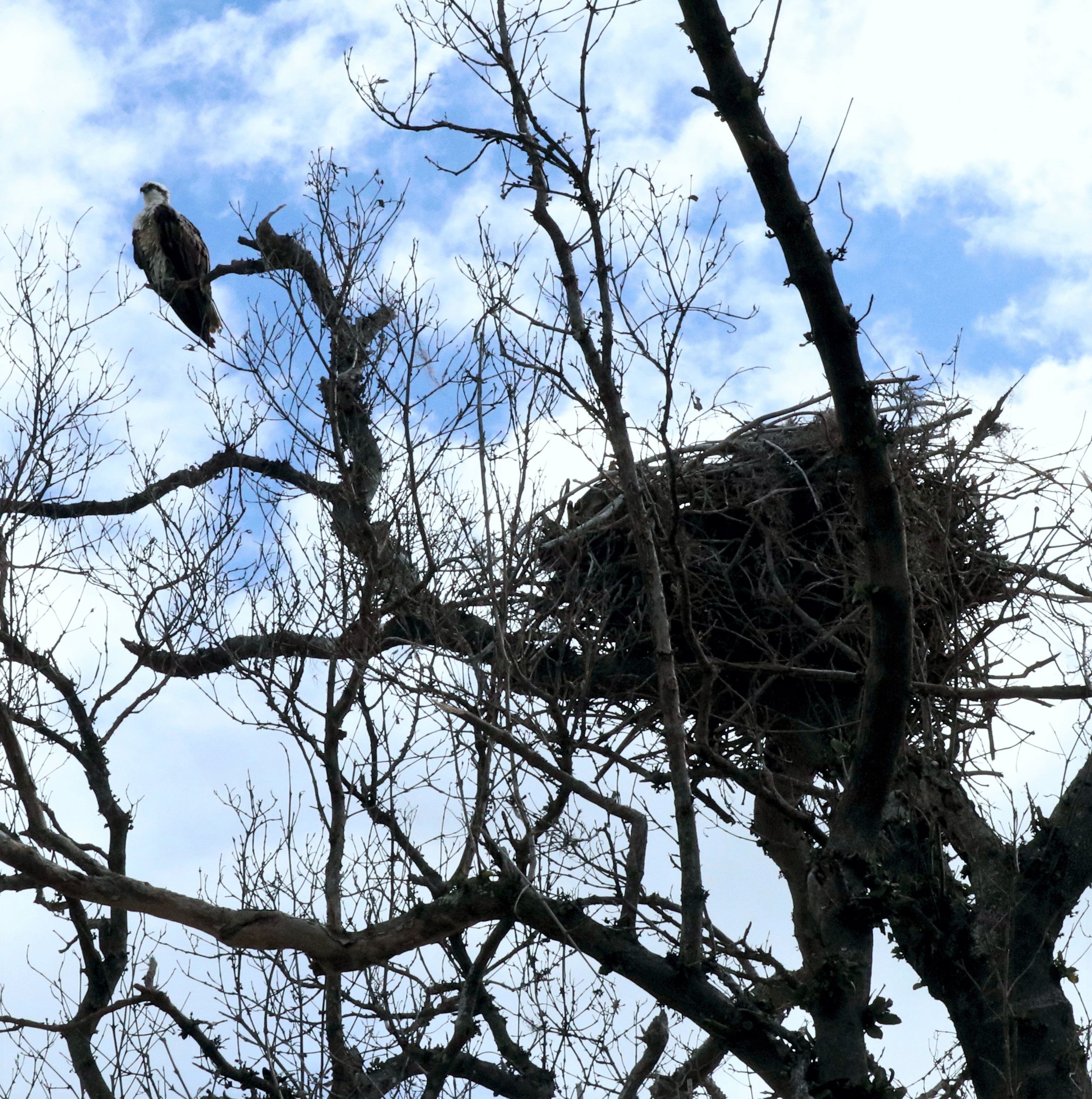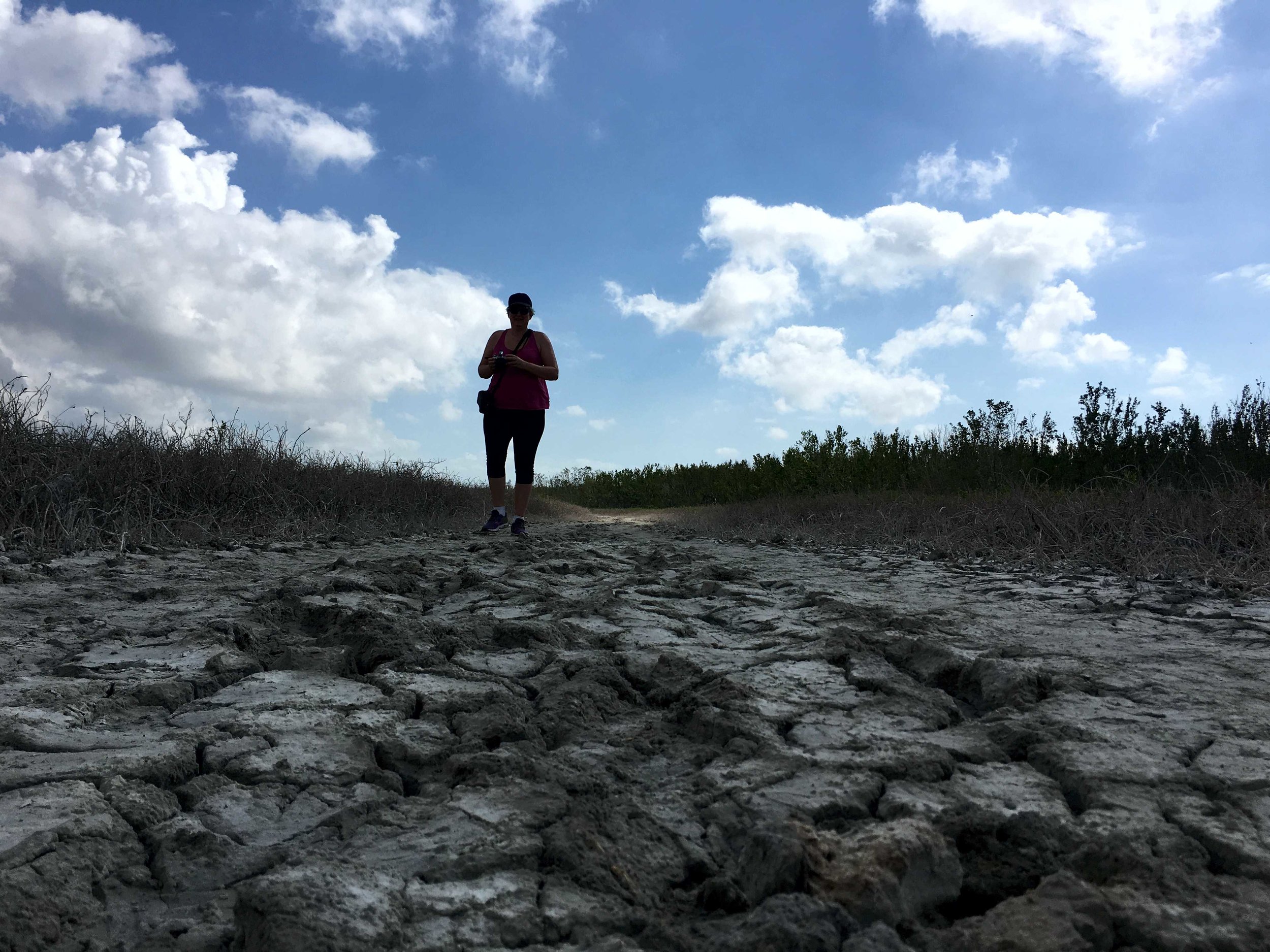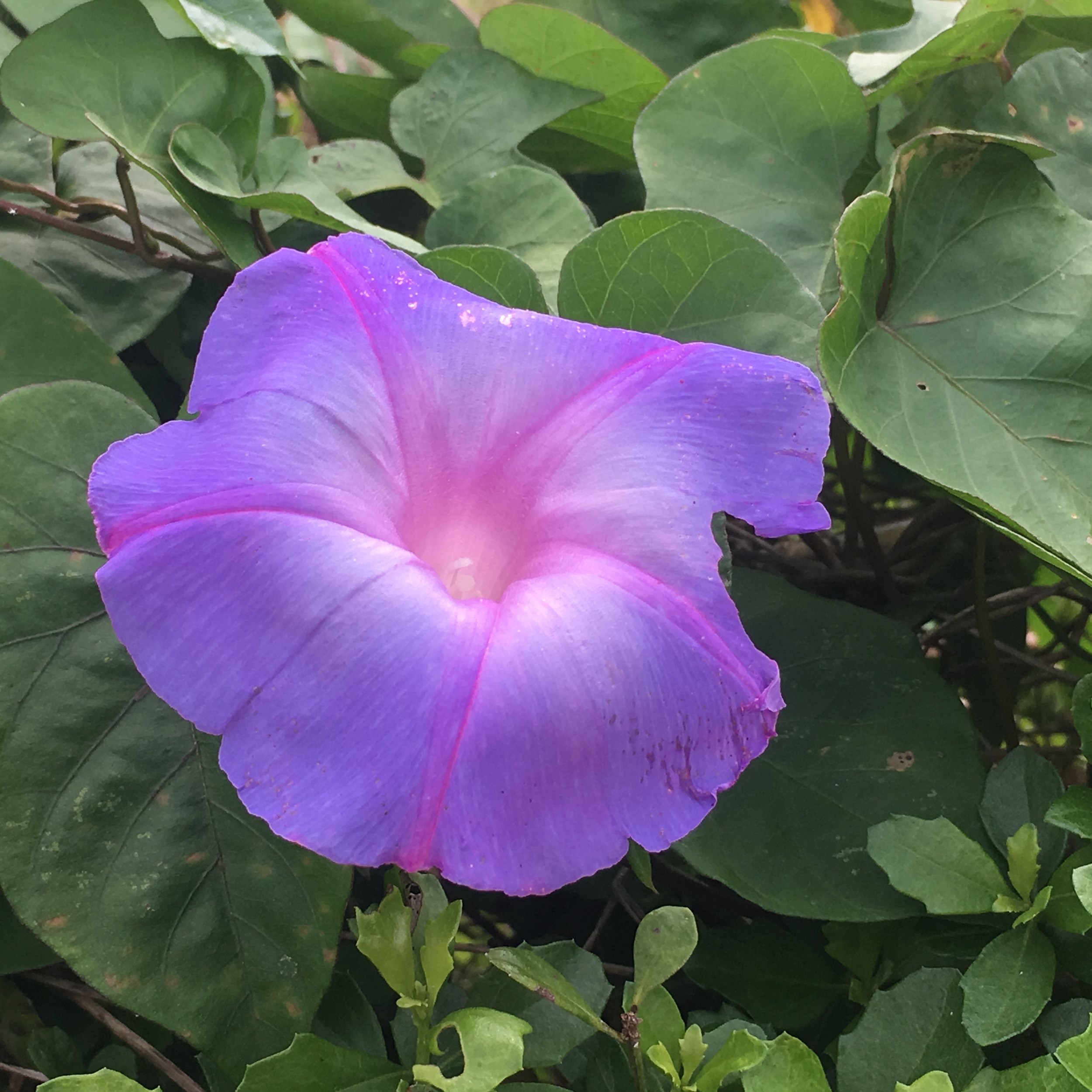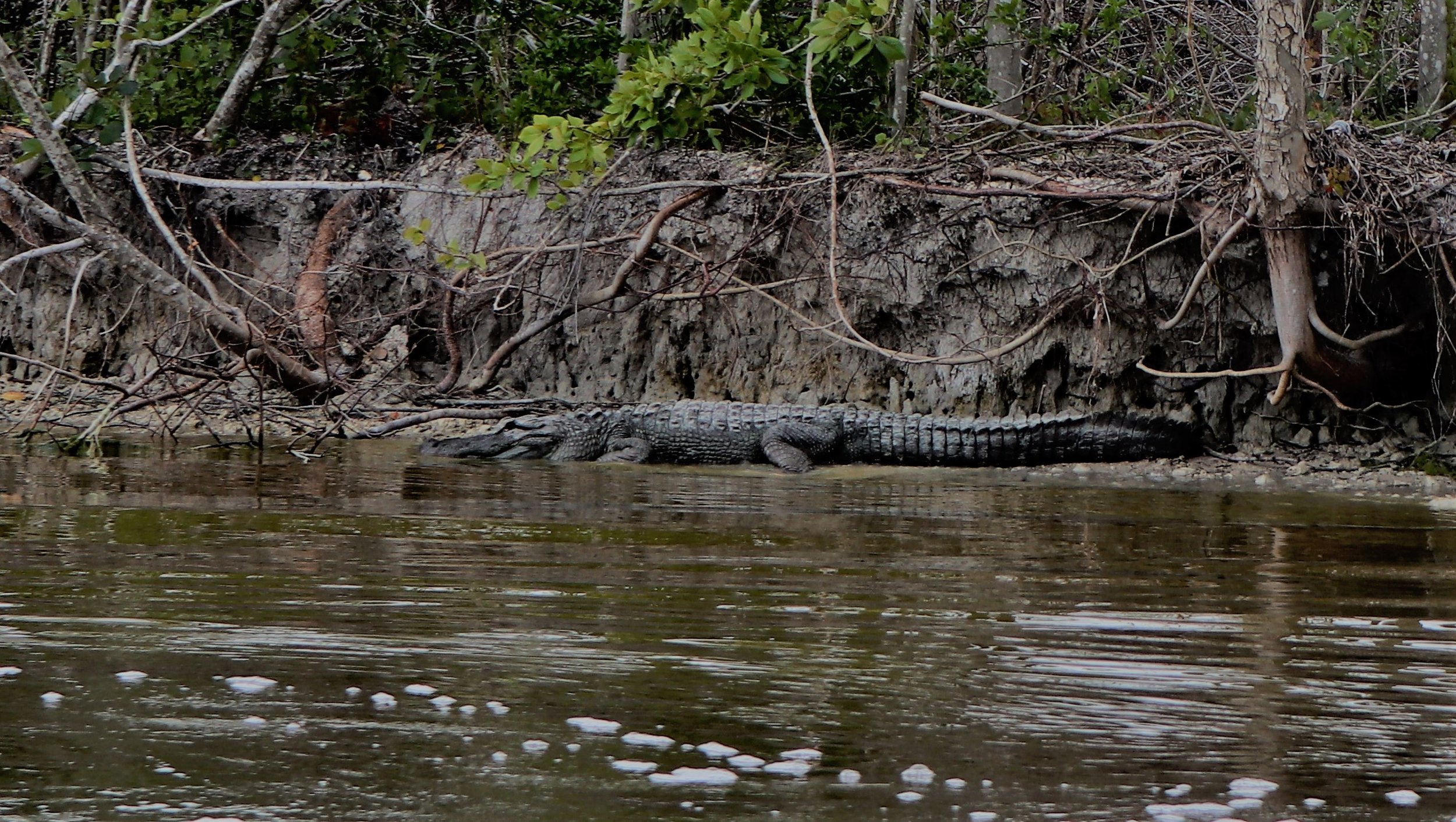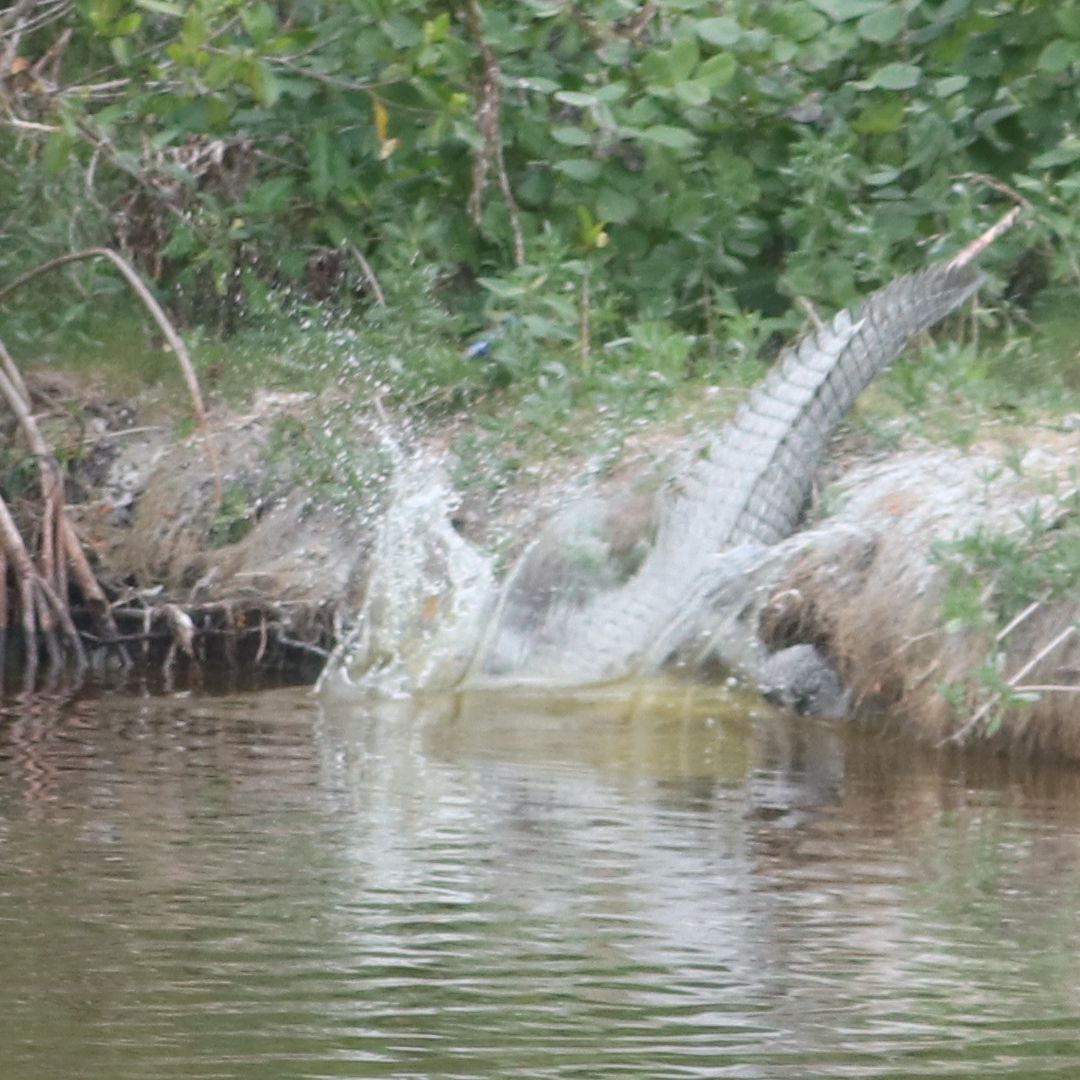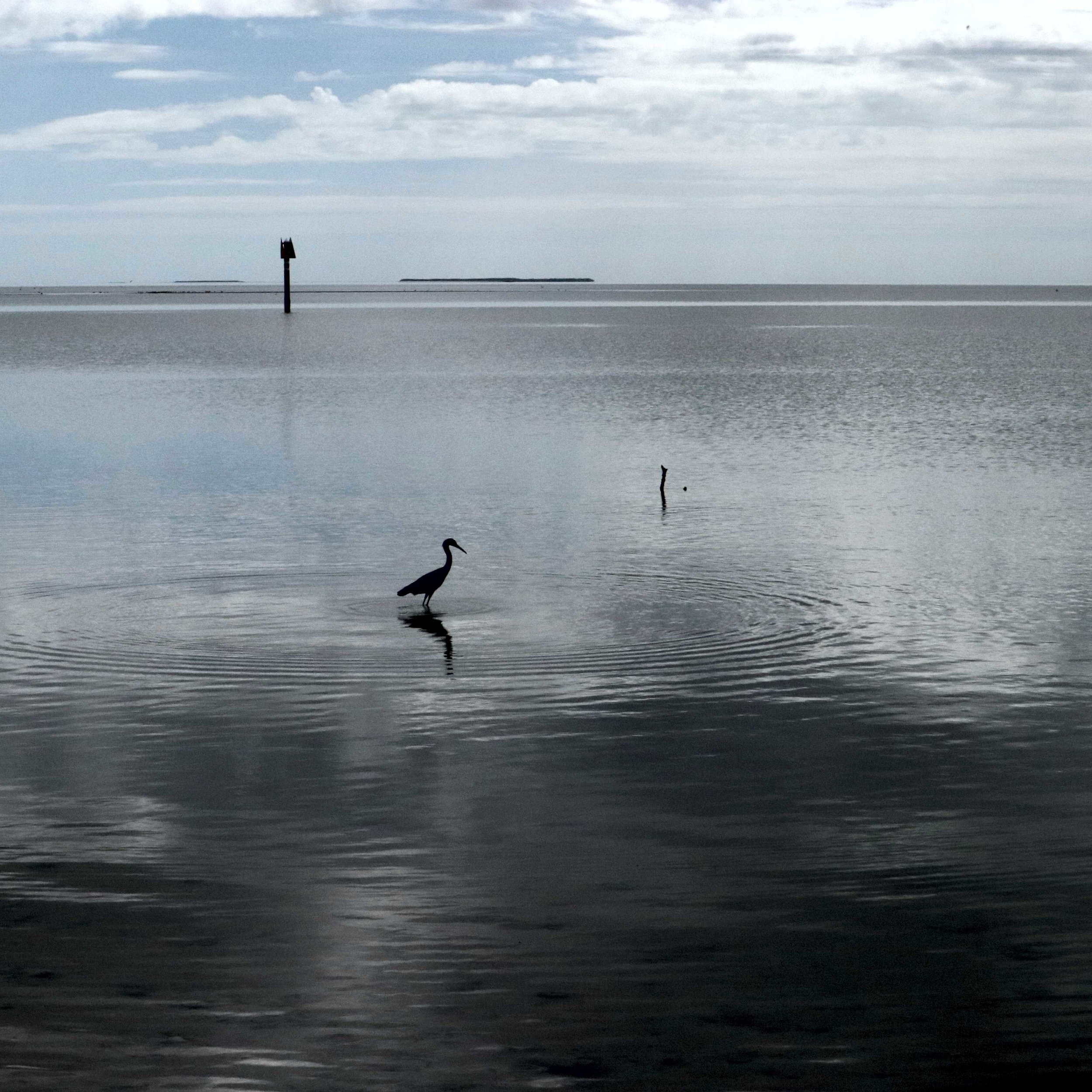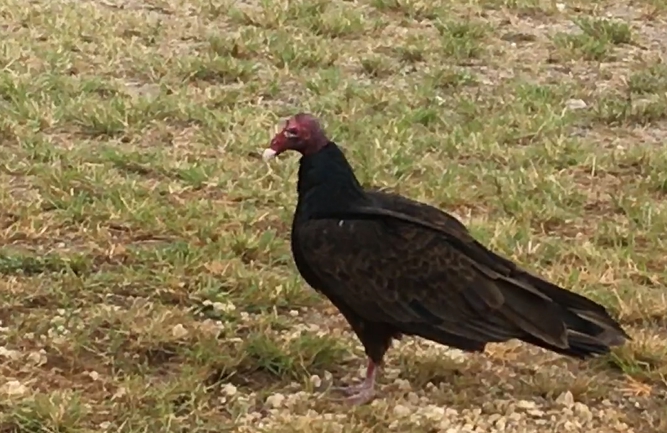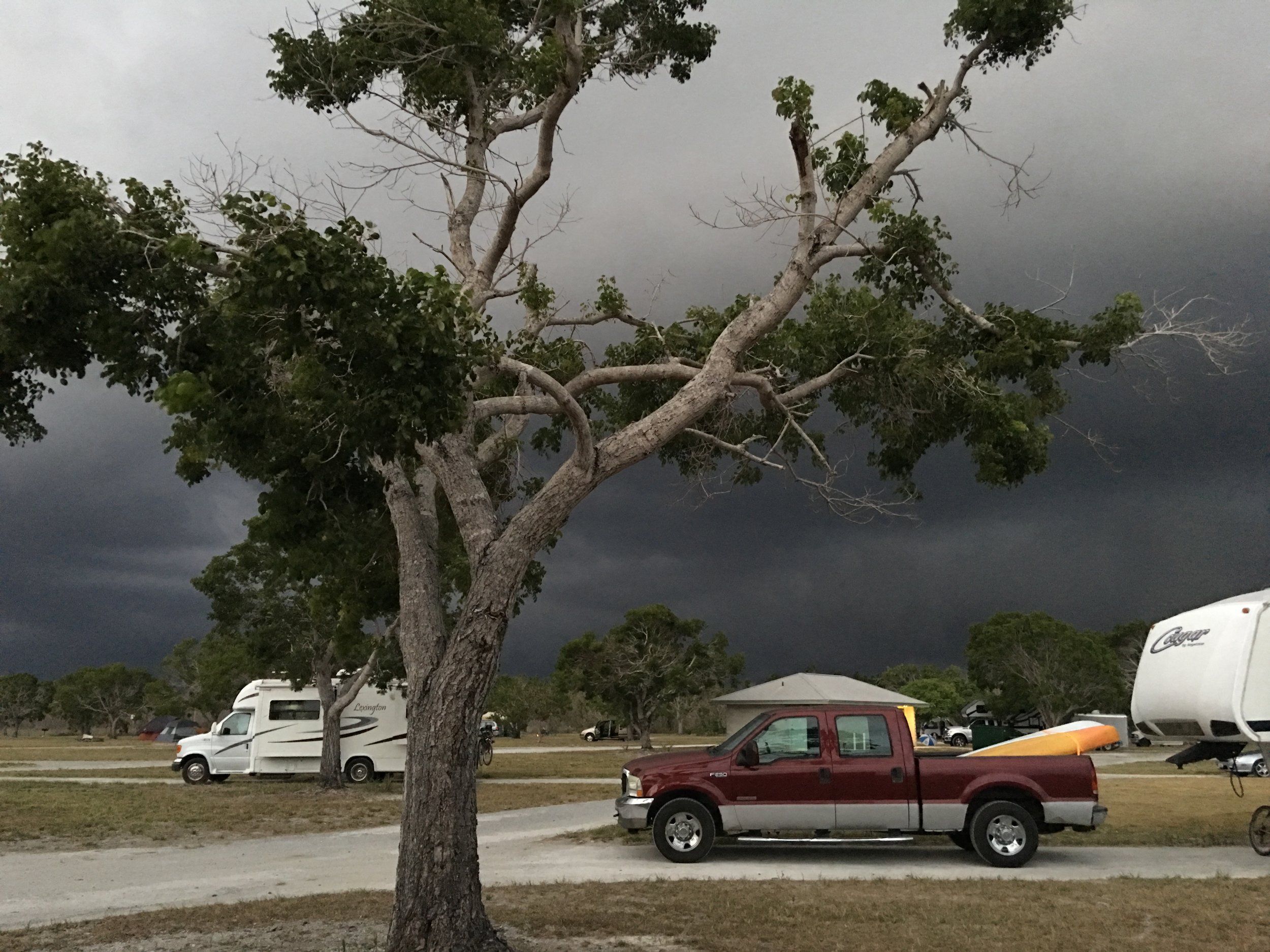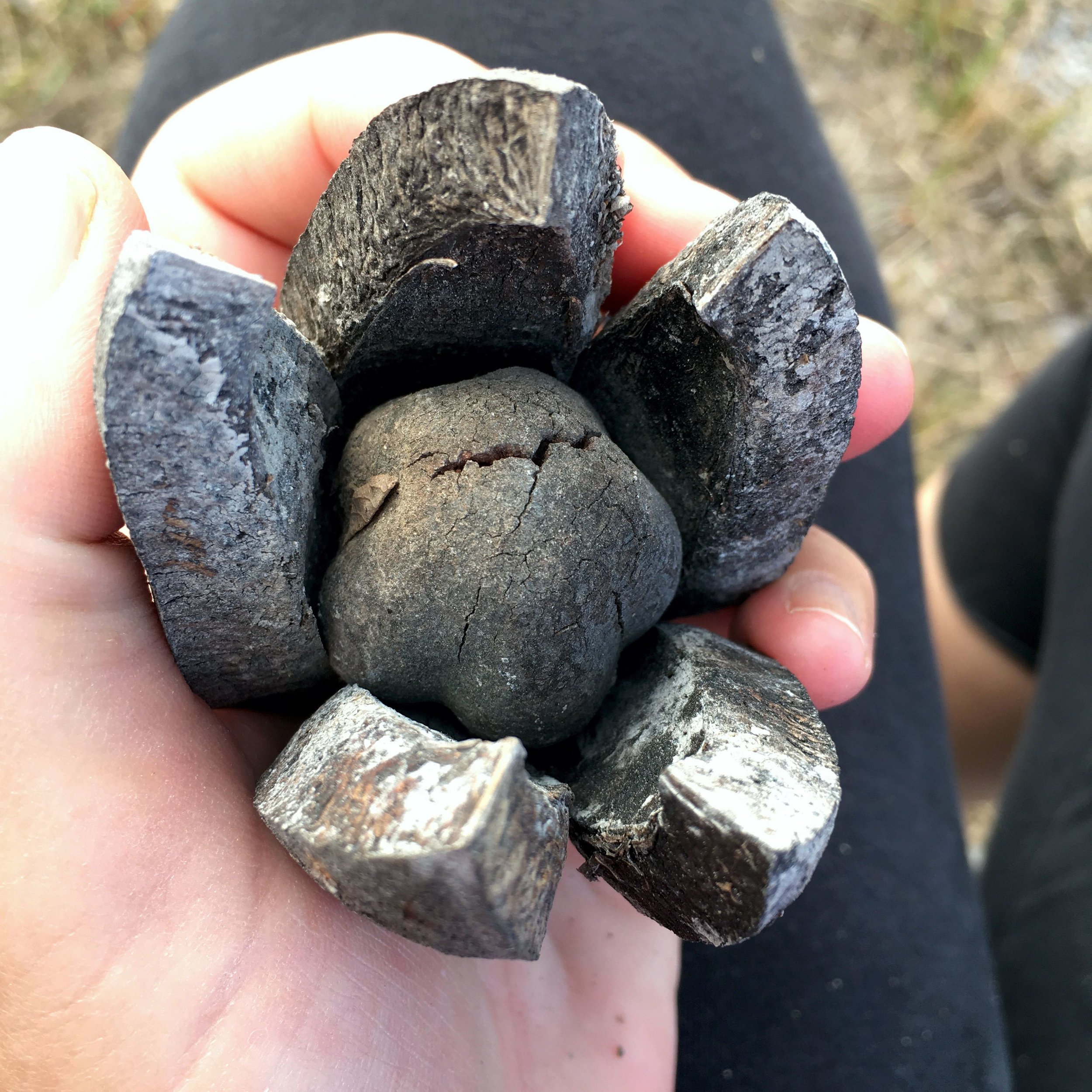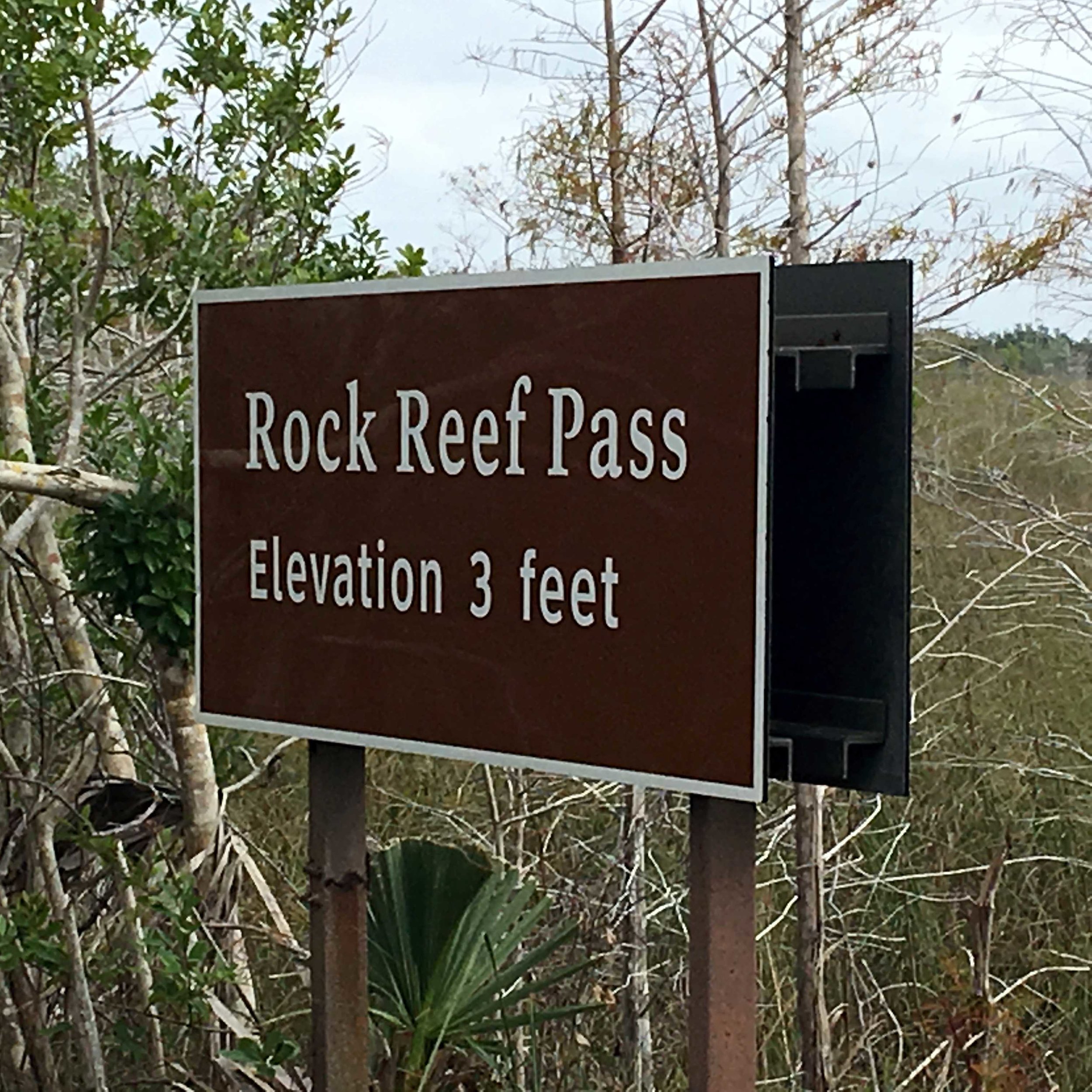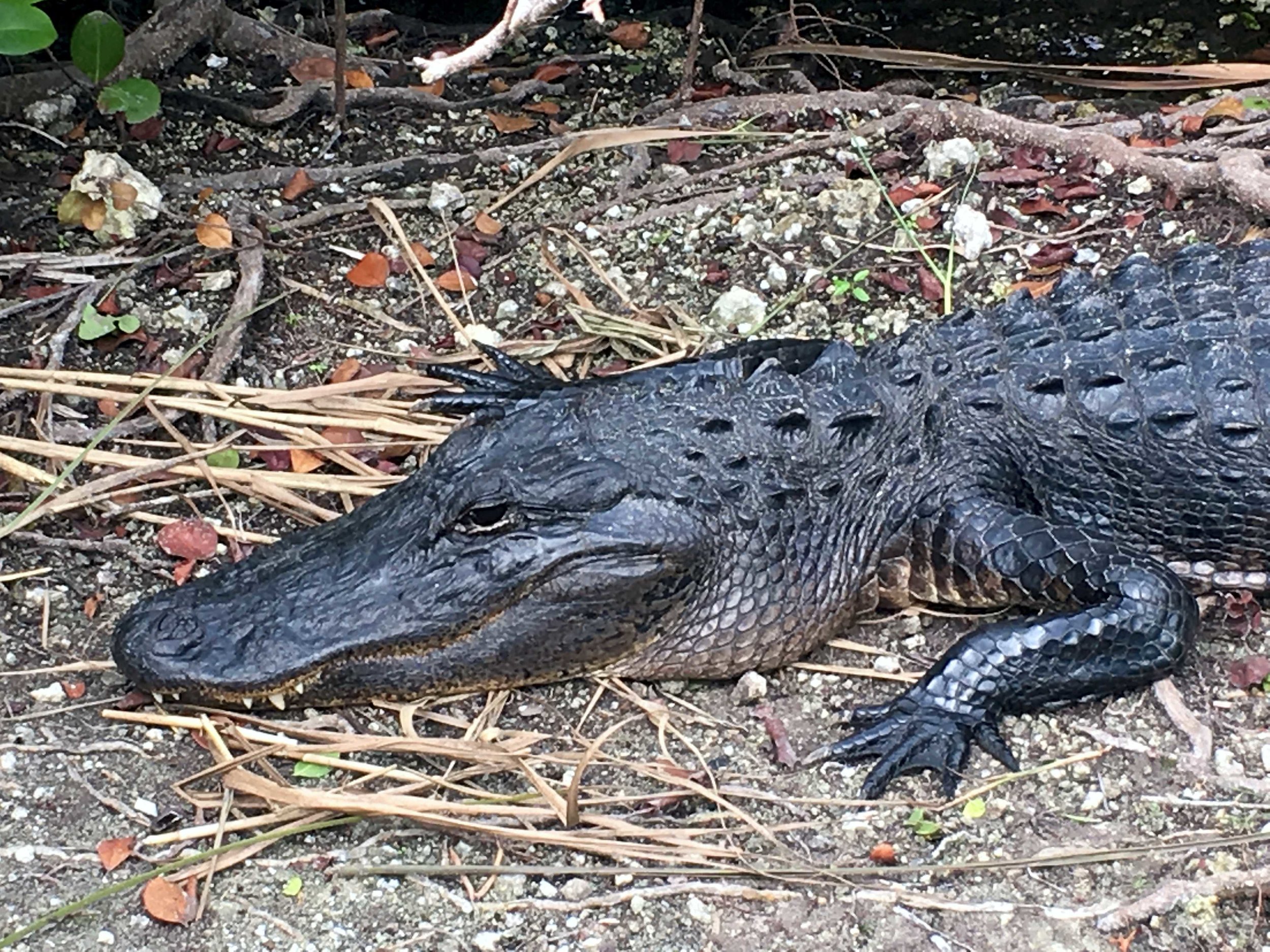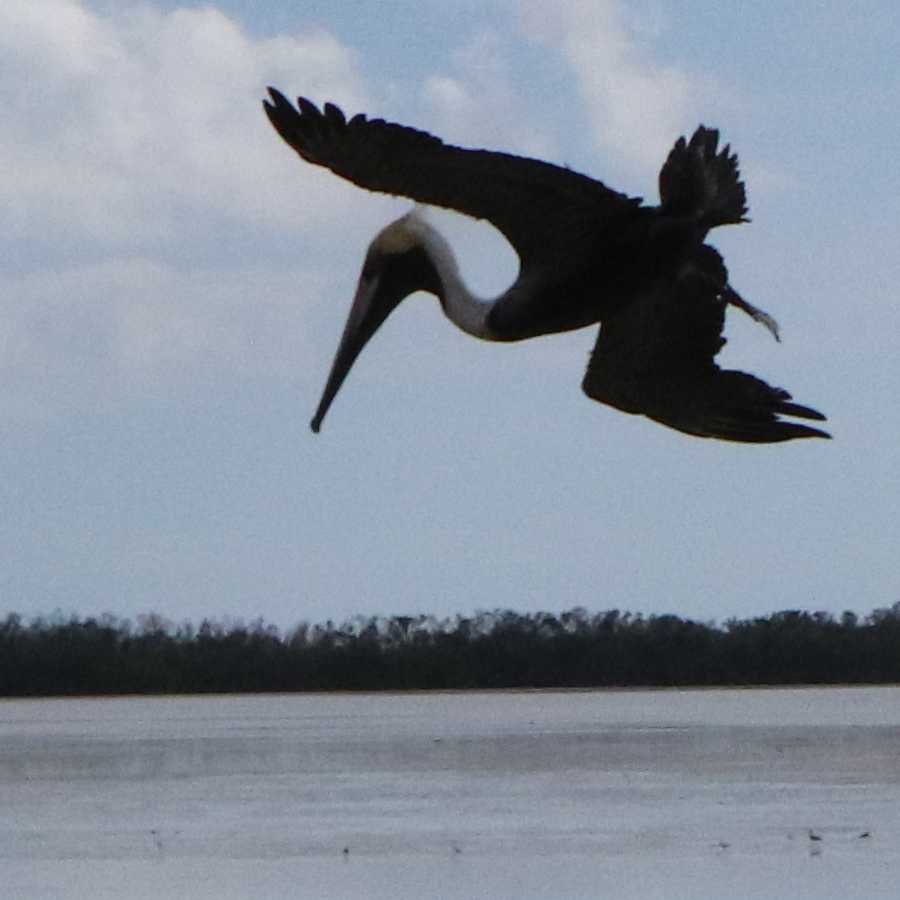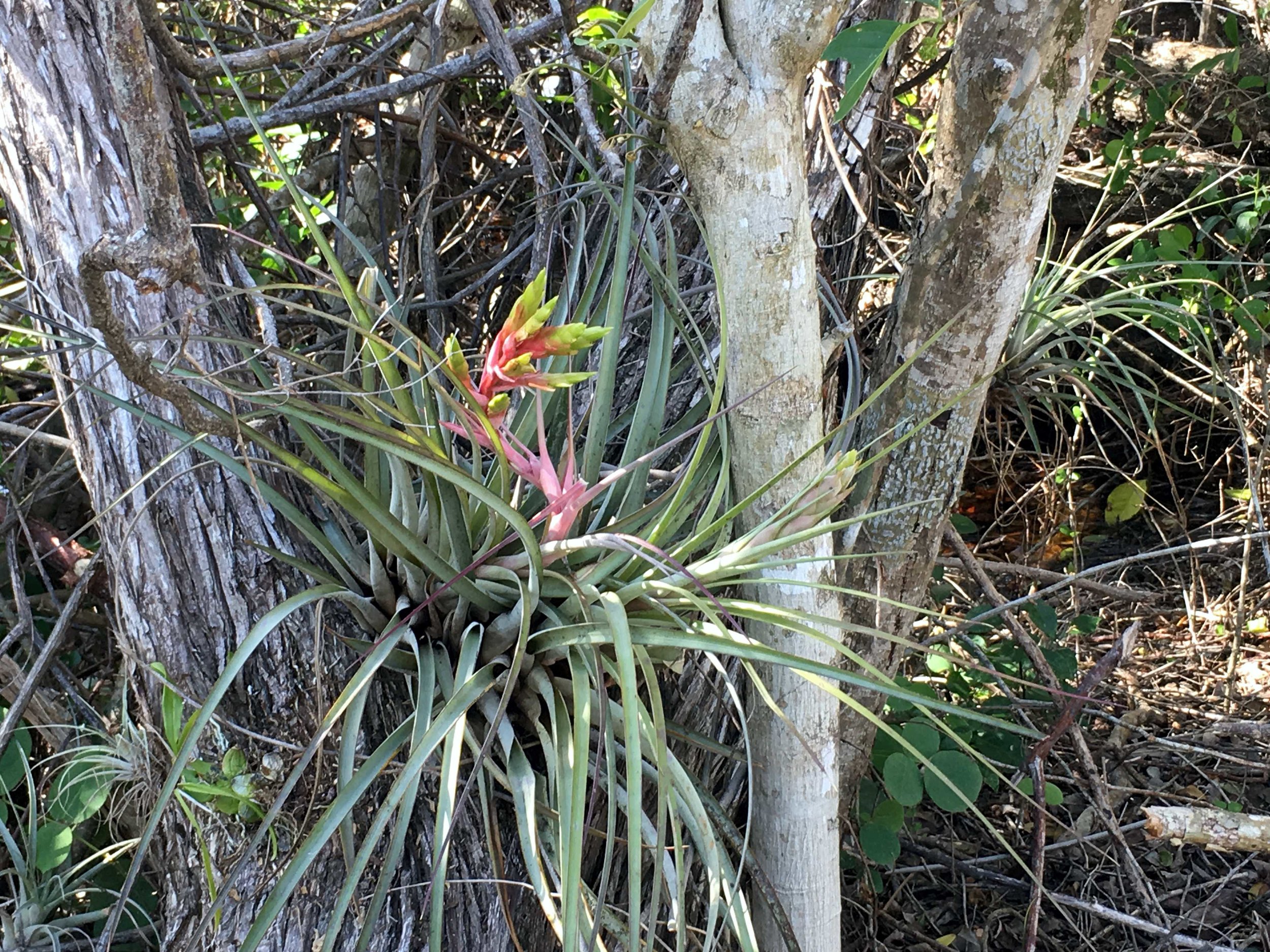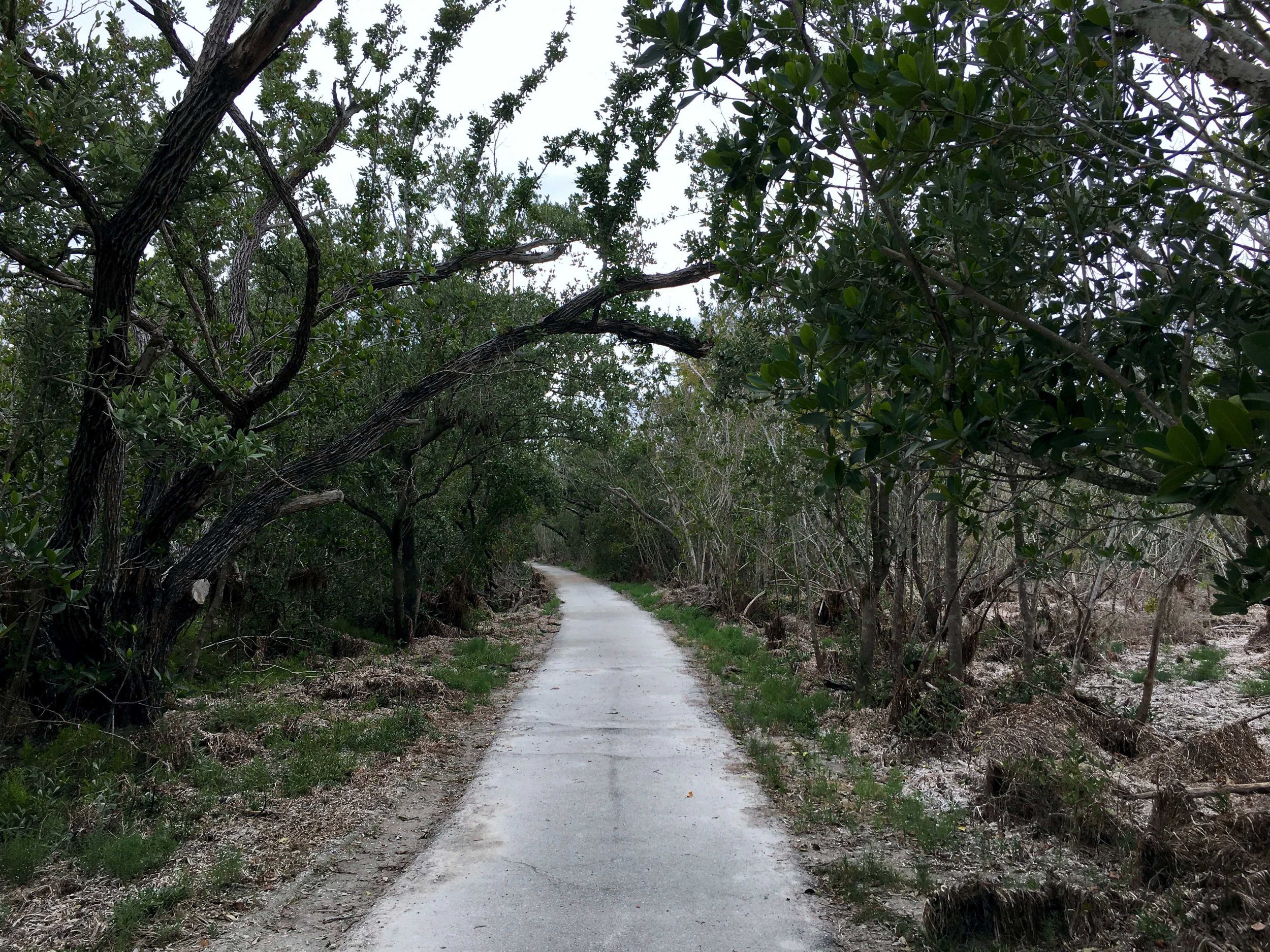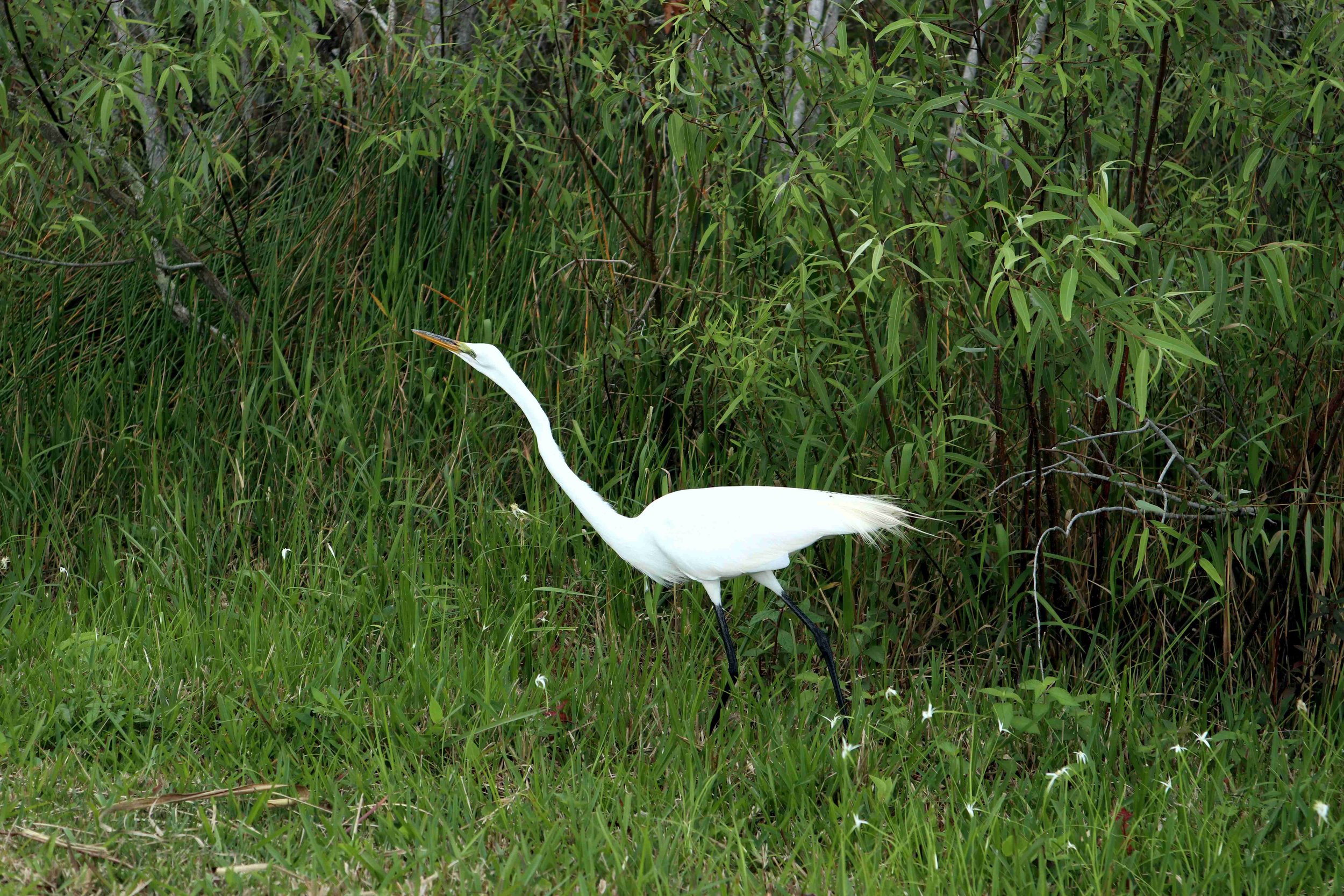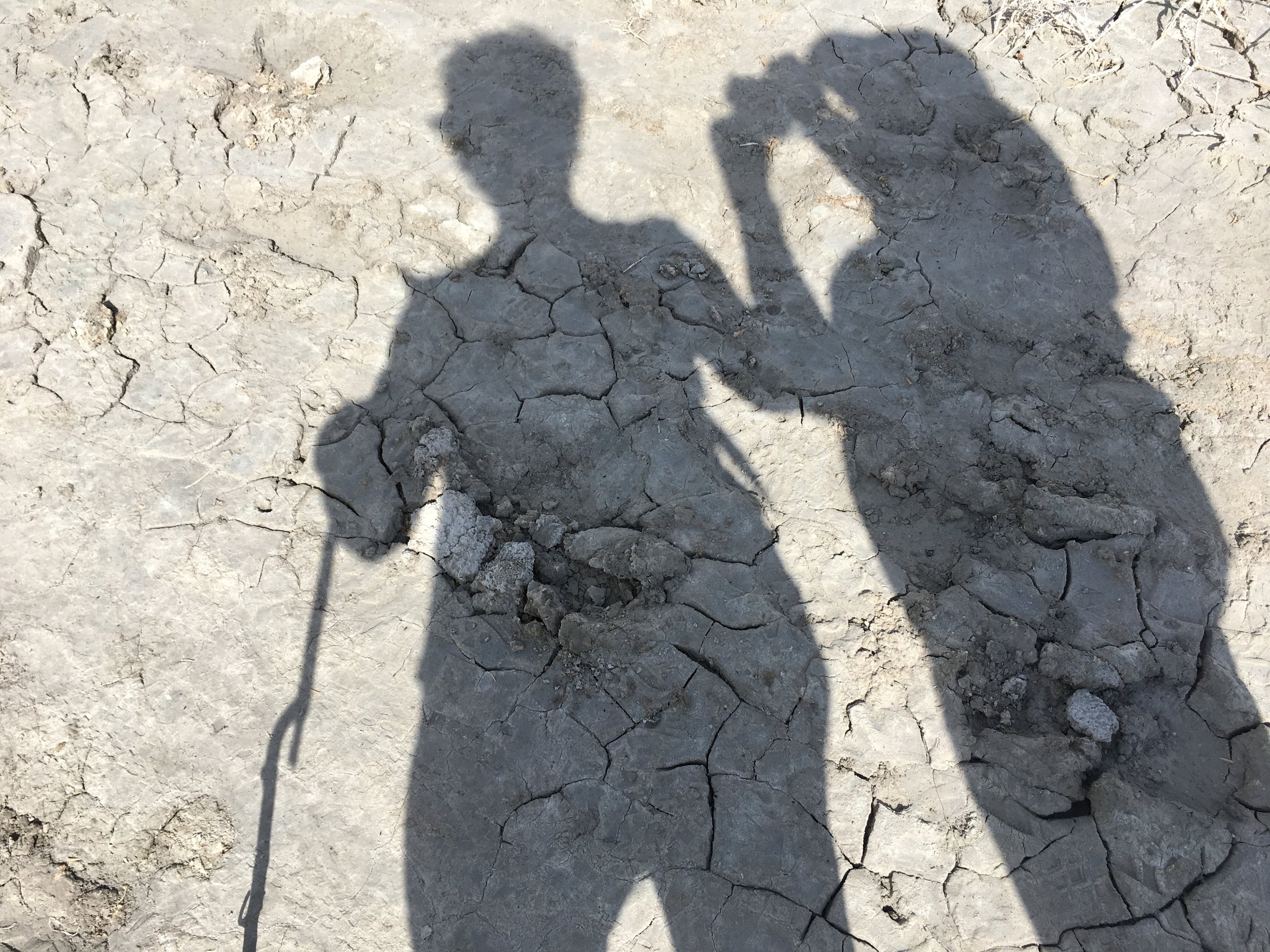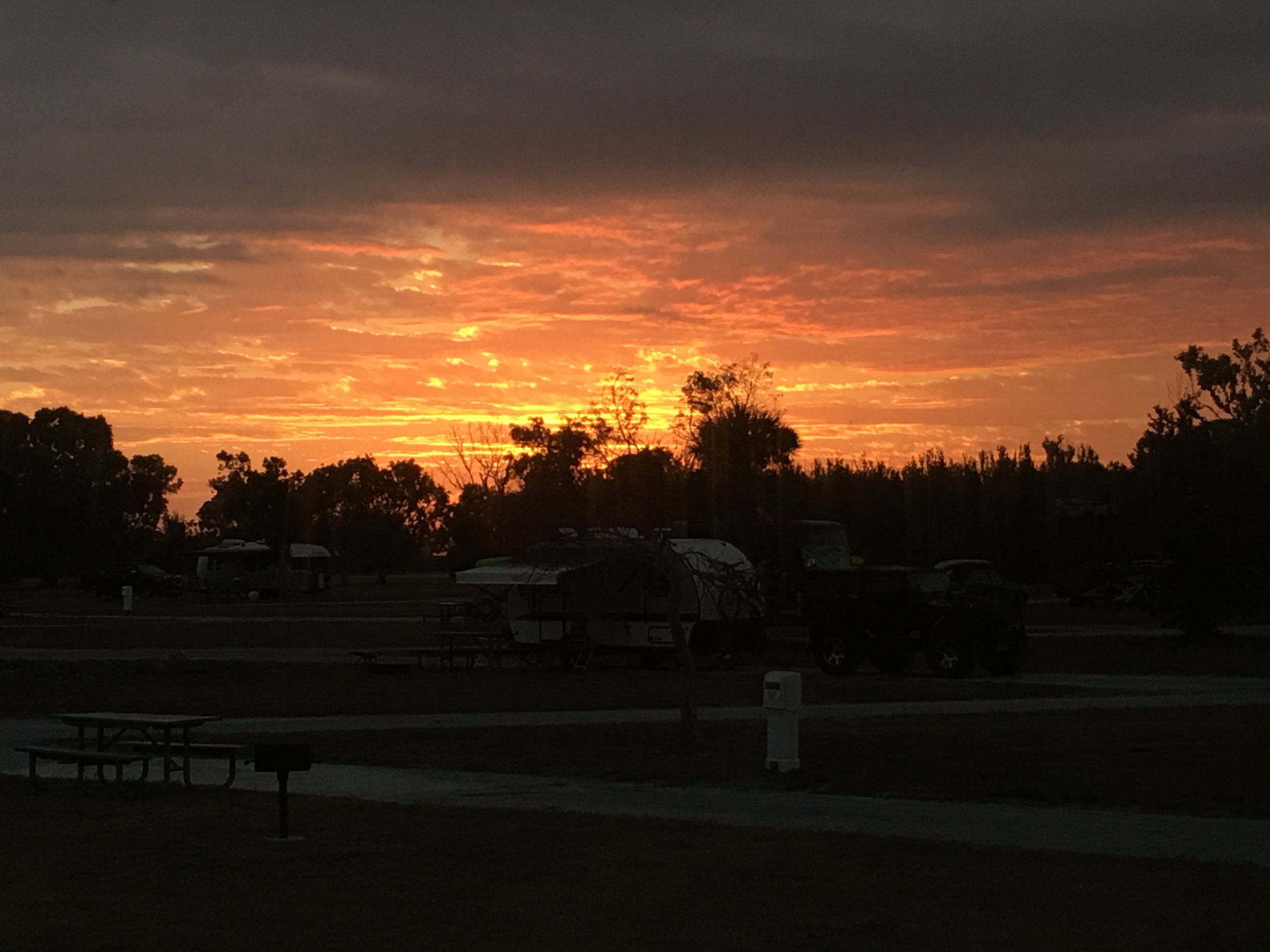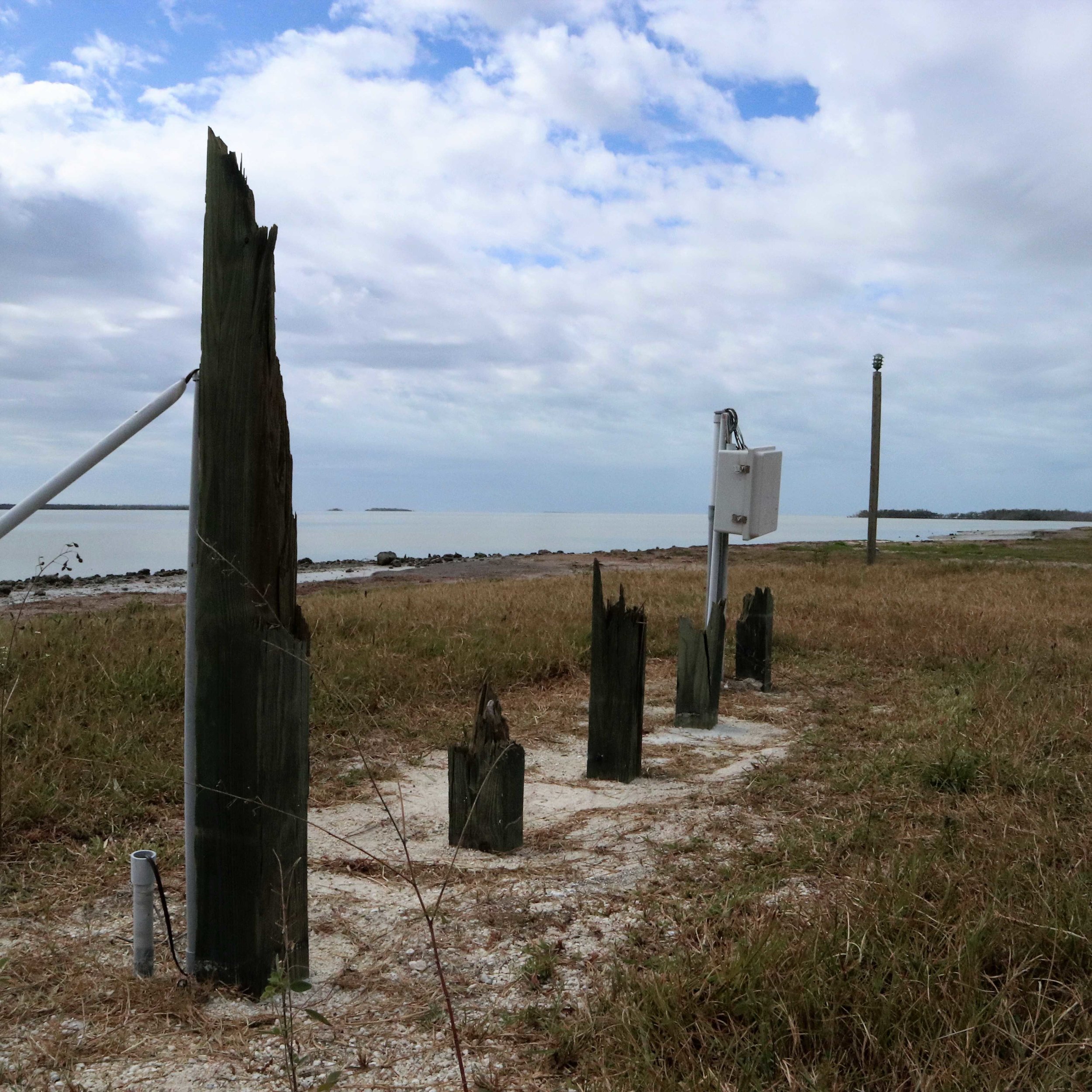Kathryn - I stand on the shore at Flamingo Campground in Everglades National Park. This is the southernmost tip of the continental United States (excluding the Keys). The scene before me is exactly as I imagine it. Mud flats extend out a few hundred feet before the waters edge. Large groups of curvy necked birds wade through the shallow waters. Tiny pink heads bob up and down, their black tipped beaks picking up shrimp left by the ebbing tide.
The squawking is hysterical as the flamingos jostle about for position in the shallows. Then a flutter of wings sets off a great commotion of feathers and forty or fifty birds take flight colouring the sky with a painterly vision. Flap flap flap fuchsia streaks across the sky, the group moves on looking for the next good fishing ground.
"Maam, do you have any questions? Is there anything I can help you with?"
I look up across the room I see a young park ranger grinning in my direction. I am standing in a sparse dimly lit visitor centre, around me are poster boards of the wildlife one could see in te park. I walk over to the counter and ask the obvious question "Where are all the Flamingos?"
"Oh, you are not likely to see any flamingos around here, they were hunted for meat in the early 1900s. Locally they are all but extinct. It is called Flamingo Campground, but if you see one around here it is most definitely lost."
Catherine - Katrina, Wilma and Irma. We are at Flamingo Campground in the Florida Everglades six months after hurricane Irma. There is so much devastation. A forest ghost town at the very tip of Florida filled with dead trees, dead fields and dead beaches, all struggling to come back to life. There is hope in nature’s miracles. On the beaches tiny crabs and a few small grey herons, in the woods, amongst the uprooted trees and broken branches are new leafs, short ferns, dragon flies and spiders. In the open fields, vultures looking for food: The occasional falcon couple that build their nest on a lonesome dead looking tree. A tree that likely had leaves the last time they were here. The process of rebuild is slow. The glades forgive and forget, growing back to what they once were. The birds, mammals, amphibians, and reptiles faithfully return to their home and “Kapow” another hurricane, stronger and deadlier than before. How long can any person, place or thing endure being beaten and broken down?
Creepy
Some of you may know that Catherine has certain powers that most of us don't possess.
One day we decided to hike the Coastal Trail. This path is very rough and has not been maintained since the latest hurricane. Somewhere well into the hike Catherine says "I think we have done 10,000 steps right about now."
I pulled out my iphone and looked at the fitness app. She guessed it to the step!
Screenshot for real.

